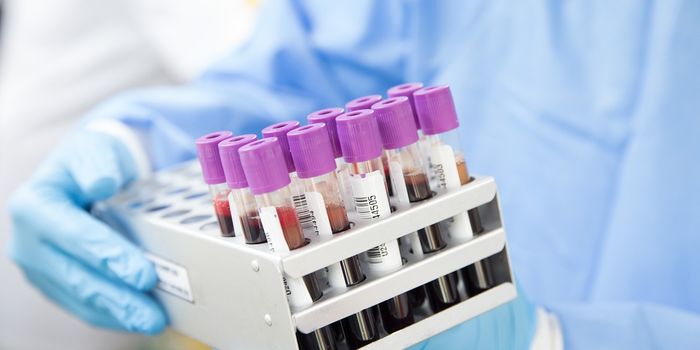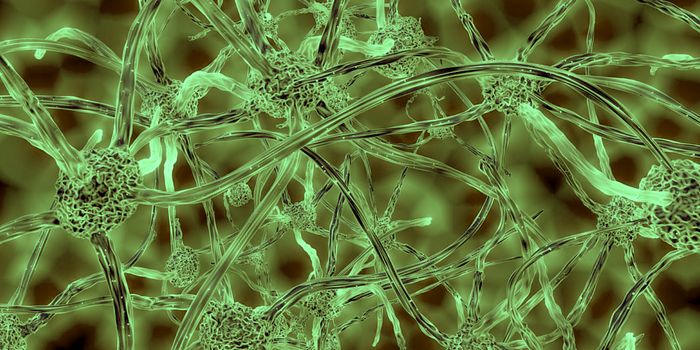A Significant New Alzheimer's Biomarker is Discovered
Scientists have discovered a significant new biomarker related to the development of Alzheimer's disease. This work is based on data collected from over 3,000 people, and has revealed a single genetic variant called rs2113389, which is linked to the buildup of tau tangles in older adults. The findings have been reported in Nature Communications.
Although we all carry more or less the same genes, there can be small changes in the sequences of those genes that can have varying effects on biology. Scientists have been finding more genetic variants that are linked to human disease in recent decades, as computational and genetic tools have made rapid advances.
The causes of Alzheimer's, however, are still unclear. Scientists know of two major Alzheimer's hallmarks that involve aberrant proteins: amyloid-beta plaques and tau tangles. This study has suggested that rs2113389 is closely connected to the buildup of tau in older adults who are at risk for developing Alzheimer's.
"Identifying this novel genetic marker opens a new avenue for research and potential therapeutic development by targeting an abnormal form of tau protein that comprises the tangles seen in the brain in Alzheimer's disease," said senior study author Andrew J. Saykin, PsyD, a Professor of Radiology at the IU School of Medicine, among other appointments.
Other work has also identified genetic variants that are linked to tau amyloid deposits. And many other studies have looked at the genetics of Alzheimer's disease by comparing affected individuals to unaffected individuals. But this study has used PET scan data, which can reveal tau tangles, to find an association with a genetic feature that may cause those tangles, noted Saykin.
The rs2113389 variant is located between two genes that have been closely linked to tau: CYP1B1 and RMDN2. This variant can explain about 4.3 percent of the variation in tau deposits from one person to another, a contribution that is even more significant than the most well known Alzheimer's genetic risk factor: the APOE4 gene that accounts for 3.6 percent of the variation.
"Further research is needed to drill down and determine exactly what is driving this association," Saykin said. "We now have a new locus at the intersection of these genes to study as potential targets for diagnostic and therapeutic approaches."
"We need to replicate the findings in larger samples," added study co-author Shannon L. Risacher, PhD, an associate professor of radiology at the IU School of Medicine. A talk by Professor Risacher is featured in the video.
The investigators are also interested in studying this variant in mouse models.
Sources: Indiana University, Nature Communications









